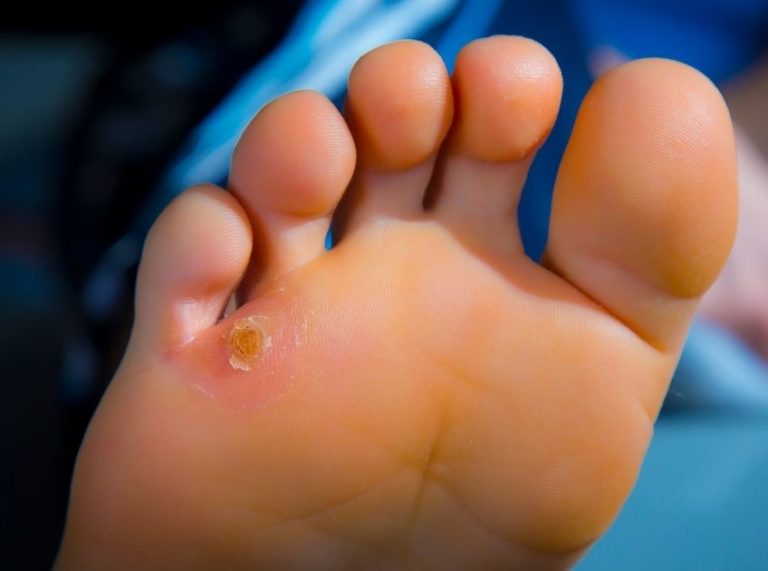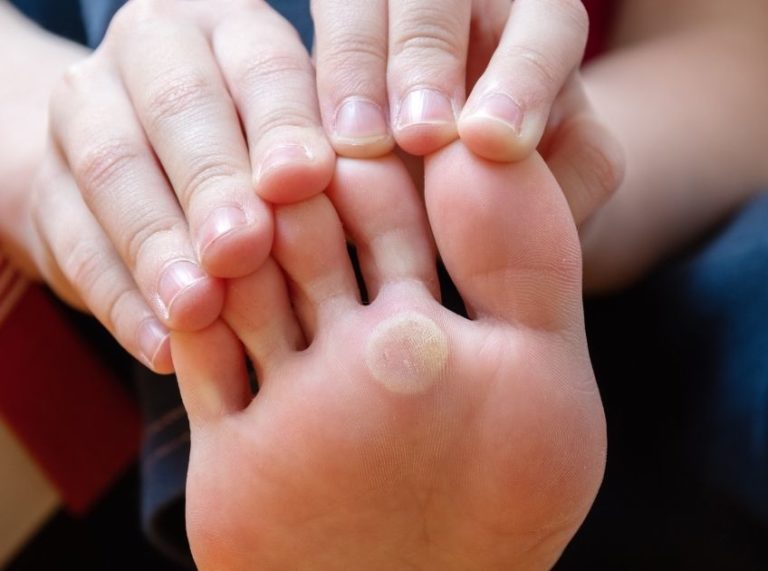
Important: This article is for informational purposes only. Please read our full disclaimer for more details.
A bump on the nose is an irregularity that can hamper the way the nose appears. Usually, the nose has a straight slope from the tip to the bridge; however, some people develop irregular bone and cartilage that looks like a hump or bump on the nose.
Also called a dorsal hump, such irregularity is not unhealthy or causes any adverse effect. However, it does reduce the aesthetic appeal of the person to some extent. If you have a bump on your nose and often get self-conscious due to it, here’s all you need to know- the causes, possible complications, and removal process.
Why Do I Have A Bump On My Nose?
Usually, dorsal hump is not a problematic condition as it’s an irregularity of bone and cartilage. However, in certain cases, it is associated with symptoms such as
- Nasal swelling
- Pain in nostril
- Red and tender nose
- Foreign sensation
Besides these symptoms, the bumps on the nose can also cause irritation inside the nose. It happens when hair inside the nostrils is irritated, causing infection. As a result of infection, the nose swells, turns red, and becomes tender to touch. When the infection gets severe, nose bumps are termed dorsal humps.
Nose bumps or dorsal hump can appear in any part of the nose-
- Nostrils: Nasal cavity from where we breathe.
- Septum: Structure that separates nostrils. It consists of bone and cartilage.
- Nasal cavity: Space behind the nose.
What Causes Dorsal Humps?
The dorsum is the bone and cartilage structure that connects the nose to the face. In common language, it is referred to as a bridge of the nose. Development of humps on the nasal dorsal can be caused by.
Genes
One of the common reasons for dorsal hump is its inheritance from parents or ancestors. Some people are born with the tendency to have irregularity in their bones and cartilage, and it leads to the formation of bumps on the nose.
Usually, the condition doesn’t appear in childhood, but as the nose continues growing, the bump starts becoming noticeable in adulthood.
Trauma
Any injury in the nose makes it susceptible to developing a hump. A broken nose or a bruise due to trauma can result in irregularity in bone or cartilage due to uneven healing and a developing bump on the nose.
Other than trauma, there are many other self-inflicted reasons that can cause a bump on the nose, such as
- Nose piercing
- Too much nose-picking
- Plucking nostrils hair
All this can cause irritation and inflammation, inviting bacterial infestation. It causes a red and swollen nose with increased chances of dorsal hump.
Infections
If the hair follicle in the nostril gets infected with bacteria or fungi or when the follicle blocks, it can result in a dorsal bump on the nose.
Medical Reasons
Allergies, polyps, and boils are some medical reasons that can cause bumps on the nose. Infection by bacteria called Staphylococcus aureus is also one of the medical causes of the problem.
Breathing With Dorsal Hump
Usually, the dorsal hump doesn’t cause any difficulty in breathing. The only way it affects is by reducing the aesthetic appeal of the nose and face. However, when it occurs as a result of injury in the septum, it can cause a little discomfort.
Still, removing the hump surgically won’t improve the breathing ability.
Usually, when a person is self-conscious of how the nose looks due to a bump, surgical removal is the only resort left to correct it.
How To Get Rid Of A Bump On Your Nose
The only way to get rid of bone and cartilage irregularity is to remove the dorsal hump surgically through a surgical procedure called rhinoplasty. It is of three types, open, closed, and nonsurgical, and is done by a plastic surgeon.
Open Rhinoplasty
It is the permanent method of removing the dorsal hump. The procedure involves giving general anesthesia and making a small incision to reshape the contour of the nose. The surgeon may break and reset the nasal bone.
It takes around three weeks for a complete recovery after open rhinoplasty.
Closed Rhinoplasty
In this procedure, the surgery is done through the nostrils instead of making direct incisions on the nose bridge. The surgeon gives general anesthesia and works through the nostril to improve bone and cartilage shape.
This procedure is less complicated, and recovery happens within 1 to 2 weeks.
In both procedures, the surgeon breaks the bones to set them in the desired shape. As a result, swelling and bruising may last for a few days.
Non Surgical Rhinoplasty
It is a non-invasive method to correct nose shape and is also called liquid rhinoplasty. The results of the procedure may last for six months to 2 years. Topical anesthesia is enough to carry out nonsurgical rhinoplasty.
Dermal fillers are also used by the surgeon to fill certain areas to get the right nose shape and remove the bumps on the nose.
Irrespective of which dorsal hump removal procedure you want to take, it is essential to get it done only by a board-certified surgeon. The more surgeons have expertise, the better results are expected to be seen. Also, it reduces the chances of risks associated with surgery and increases the chances of getting a perfect nose shape.
A bump on the nose can be aesthetically unpleasing, but it doesn’t cause any harm to the nose other than the way it looks. Fortunately, there are medical procedures to correct it and get a perfectly shaped nose.
If you are conscious of how your nose appears due to the dorsal hump, consult a plastic surgeon with expertise in rhinoplasty. It is the most effective method to treat the condition and give you the desired results.
Related Articles
- What’s Causing This Bump on My Forehead, and Should I Be Concerned?
- How to Get Rid of a Nose Piercing Bump?
- What Causes Bumps On The Roof Of Your Mouth?
- How To use Apple cider Vinegar For Lipoma Treatment
- How to Use Aspirin for Razor Bumps
- Baking Soda for Razor Bumps – Benefits, Uses and Precautions
- Tea Tree Oil for Razor Bumps – Benefits, Uses and Prevention Tips
- What Causes Red Bumps On Back Of Throat
- Bump on the Side Foot – Common Causes & Treatment Options
- Why Do I Have White Bumps on My Tongue?
- The 12 Best Home Remedies To Get Rid Of Razor Bumps Fast
- How to Get Rid of Razor Bumps In The Bikini Area?
- How to Tell If It’s Herpes or Razor Bumps? Causes, Symptoms and Treatment
- Apple Cider Vinegar for Razor Bumps – Benefits and Uses
- 7 Best Razors For Sensitive Skin
- Piercing Bump vs keloid: Causes, Symptoms, and Treatment
- How to Get Rid of Razor Bumps Using Aloe Vera?


















